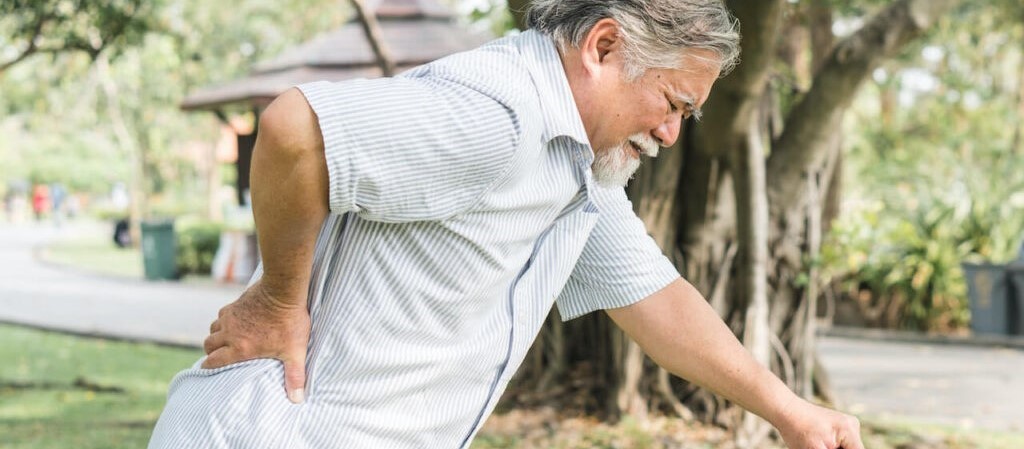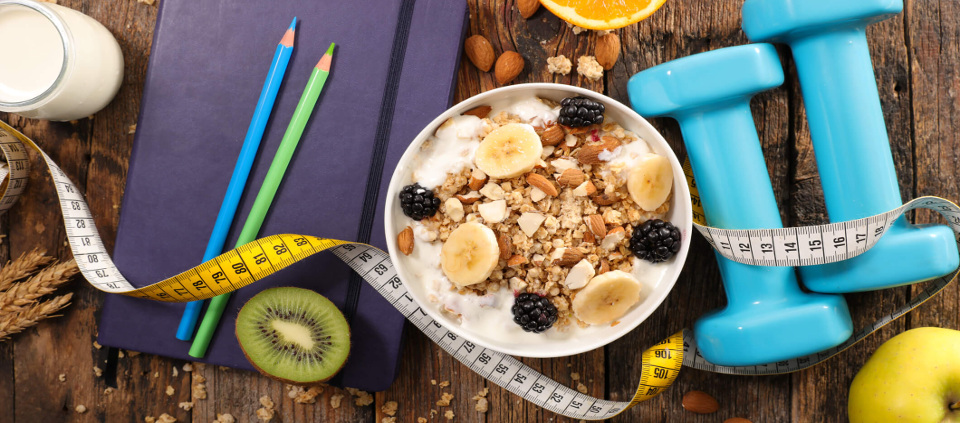
As people get older, they lose bone cells, but some lose bone cells more rapidly than others. It leads to the weakening of the bones and makes them prone to damage. In most cases, patients do not realize they have osteoporosis until they suffer from a fracture.
Anyone can get osteoporosis at any age, but women reaching menopause are more susceptible to developing osteoporosis. The bones of the spine, hip, and wrist are more vulnerable to bone breakage, but other bones can also be damaged. Patients with osteoporosis can cause a broken rib even by a simple sneeze or a violent cough.
Bone is the support structure of the body. It is a hard, dense connective tissue that forms most of the adult skeleton.
Strong bones are important for overall health. The best way to check bone health is the Bone Mineral Density (BMD) test. Low bone mass can further lead to Osteoporosis.
Osteoporosis is a disease that thins and weakens the bone, affecting its strength. It is a silent disease as it progresses slowly and does not cause signs and symptoms until it reaches a later stage. Osteoporosis makes our bone abnormally porous, i.e., compressible like a sponge.
Osteoporosis usually occurs when the bone formation rate does not match the bone loss rate. Bones that are affected by osteoporosis break with relatively minor injury that normally would not cause bone fracture.
Symptoms of Osteoporosis:
Treating osteoporosis at the earliest is the best way to prevent serious consequences.
Here are a few signs and symptoms of osteoporosis:
- Fragility-related fractures occur when even a mild collision causes a fracture in the wrist, back hip, or other bones.
- Loss of height in which more than 2 inches of height can be lost over time.
- A curve, stooped shape to the spine: When osteoporosis weakens the vertebrae, they gradually become stooped shape, causing a pronounced curve in the upper back.
- Osteoporosis weakens the spine so it can no longer handle the normal stress, causing lower back pain.

Risk factors for Osteoporosis:
Both men and women may cause osteoporosis, but this condition is more common in women. Here are some risk factors of osteoporosis:
- Older Age
- Limited physical activity
- Inadequate nutritional absorption
- Smoking and alcohol consumption
- Factors (family history of osteoporosis)
- Vitamin D deficiency
- Diabetes
- Low estrogen level in women: Estrogen deficiency is closely related to osteoporosis. The drop in estrogen level leads to more bone resorption than bone formation leading to osteoporosis.

It’s never too late to take care of bone health. We can reduce the risk of osteoporosis and broken bones in later life with proper nutrition and regular exercise.
Prevention of Osteoporosis:
To prevent osteoporosis both men and women must take steps in the early stage. With some modifications in our lifestyle, we can influence our overall health as well as bone health.
Consuming a healthy diet: A balanced diet is crucial for overall health; it helps to prevent various diseases. Food rich in antioxidants, vitamin D, and calcium are crucial in maintaining bone density and preventing osteoporosis in later age.
- Food rich in calcium must be included in your daily diet, such as:
- Milk and milk products
- Leafy green vegetables including spinach
- Nuts and beans
- Fruits such as fresh papaya

Vitamin D is also essential for bone health in addition to calcium. The dietary sources of vitamin D include fatty fish like salmon and mackerel, mushrooms, eggs, fresh vegetables, and fruit that include carrot, pumpkin, papaya, squash, apricots, and peaches, and enough sun exposure.
Regular Exercise: People who are physically inactive are more likely to develop osteoporosis than healthy ones. Therefore, indulge yourself in exercise for healthy bones and overall well-being. Exercise may include walking, running, swimming, cycling, or aerobics.
Muscle strengthening and weight-bearing exercise can also be included to improve bone health.

Maintain a healthy weight: Obesity can also be the reason for osteoporosis. Therefore, maintaining a healthy weight is also important, as excess weight may put extra pressure on weight-bearing joints, which can lead to bone loss or osteoporosis.

Quit smoking and alcohol consumption: Smoking and excessive alcohol consumption increases the risk of osteoporosis. Therefore, quit smoking and other illicit substances usage, and limit alcohol consumption for the betterment of overall health.
Protein is important for bone health: Protein is present in every cell of your body, including bones. Thus, the intake of protein helps to increase bone density and also reduces the risk of osteoporosis.
Treatment of Osteoporosis:
Treatment for osteoporosis includes medications that help to build bone mass.

“World Osteoporosis Day is celebrated on 20th October, focusing on raising awareness about the risk factors of this silent bone disease so that people suffering from this can take the required steps for its prevention and treatment. The day also raises awareness about the bones, their function, and ways to keep them healthy.”

